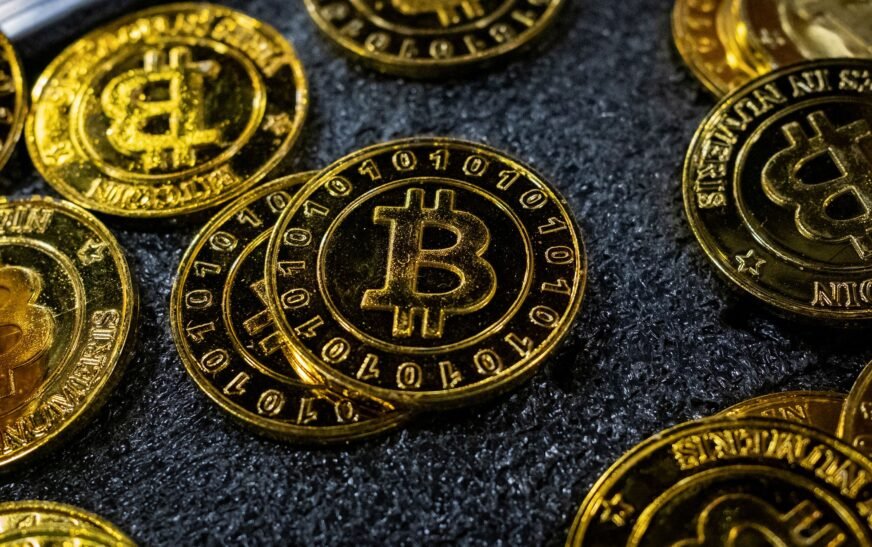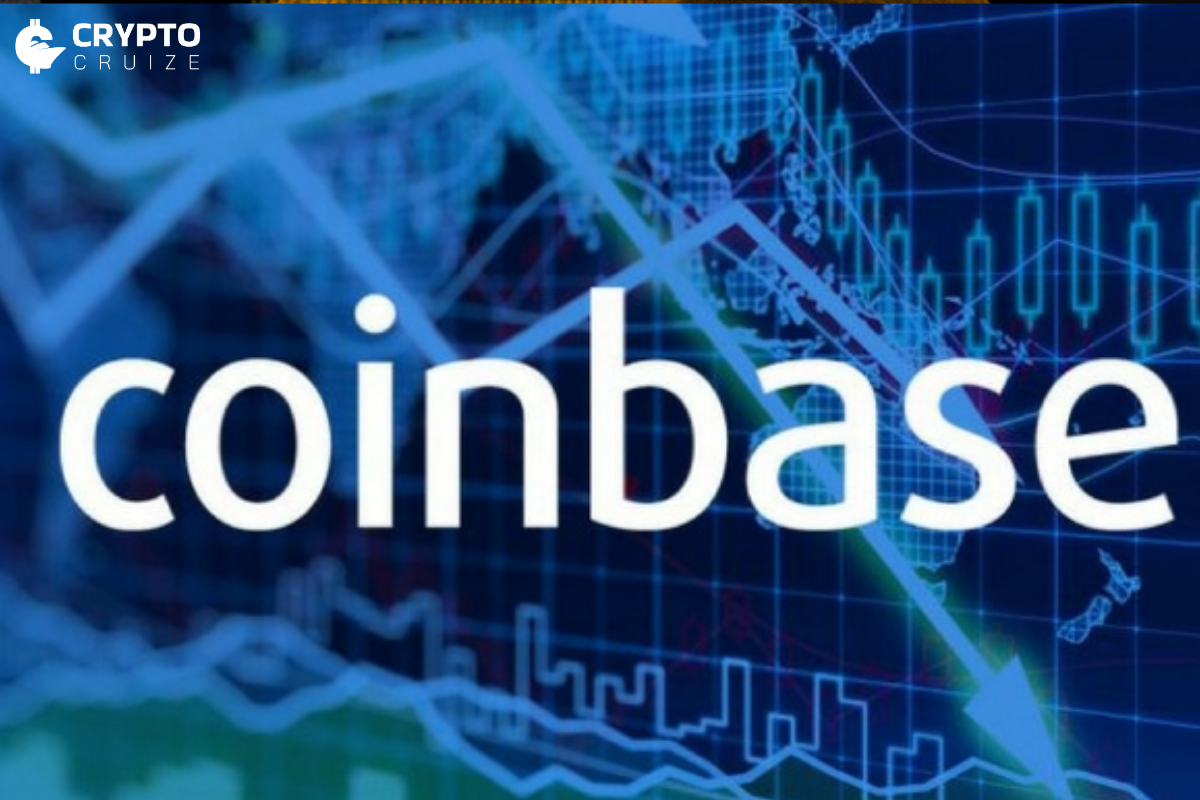Pi Network (PI) has made headlines again after its price skyrocketed by over 45%, hitting $0.75—the highest level since March 31. This explosive move came with a surge in trading volume, making it one of the best-performing cryptocurrencies in the market this week.
Volume Soars, Price Rebounds
Pi Network’s latest rally comes after a prolonged downtrend that saw its price plunge over 75% from its $3 peak on February 26. The rebound to $0.75 was accompanied by a spike in trading volume, crossing $1 billion—the highest since early March. This volume surge adds credibility to the breakout, suggesting strong trader interest.
However, Pi still faces significant fundamental headwinds, including token dilution, lack of major exchange listings, and ecosystem stagnation.
Tokenomics: A Double-Edged Sword
A major concern remains Pi’s expanding token supply. The network plans to unlock millions of new tokens monthly, with a total of 1.6 billion tokens expected to be added in the next 12 months. This raises dilution risks, weighing heavily on price performance and investor sentiment.
These token unlocks have already contributed to Pi’s earlier crash, costing its pioneer community and early investors billions in lost value.
Exchange Absence Hurts Visibility
Despite its active community and growing awareness, Pi Network still lacks listings on top-tier exchanges like Coinbase, Binance, and Kraken. This limits accessibility and hampers adoption by mainstream users.
Without broader availability, Pi struggles to attract institutional attention or everyday traders, curbing potential price momentum beyond short-lived spikes.
Wedge Breakout and Bullish Divergence
Technically, Pi Network’s bounce was driven by a falling wedge pattern, a classic bullish reversal formation. The breakout aligned with a volume surge—typically a key confirmation. Indicators like the MACD and Bollinger Bands Trend have also started flashing bullish divergence, strengthening the short-term positive outlook.
Analysts now eye the $1 psychological resistance, around 35% above current levels. However, any dip below this week’s low could invalidate the bullish scenario, leading to renewed bearish pressure.
















































